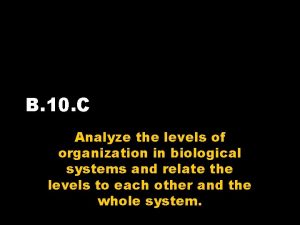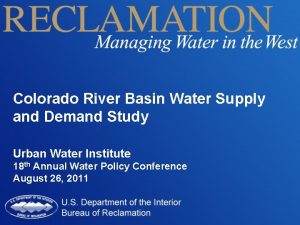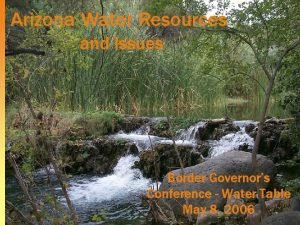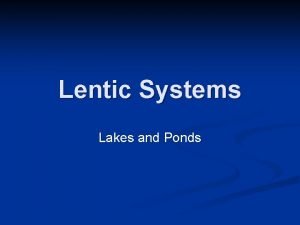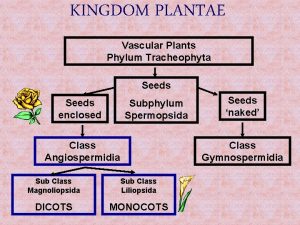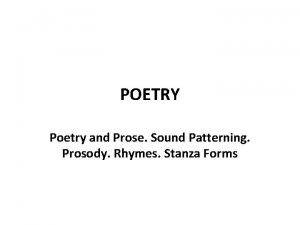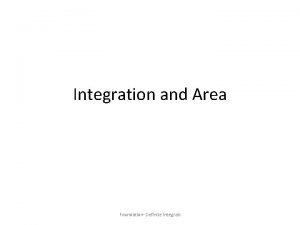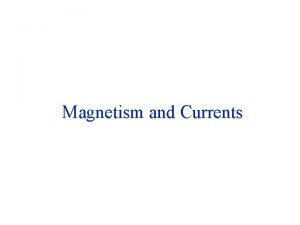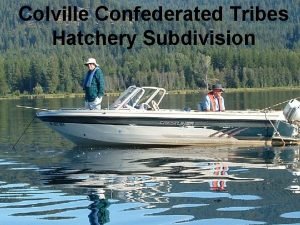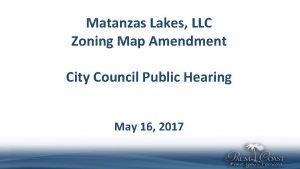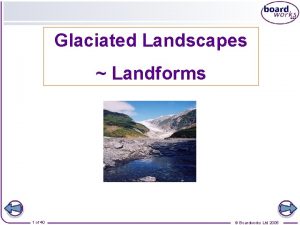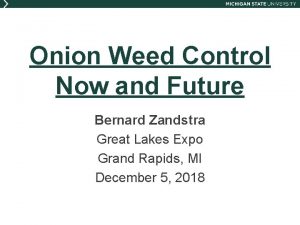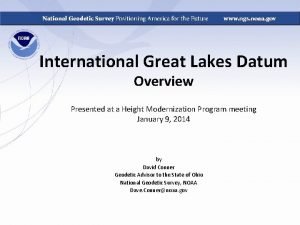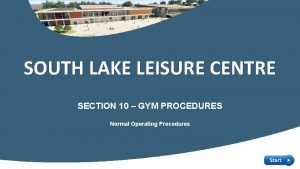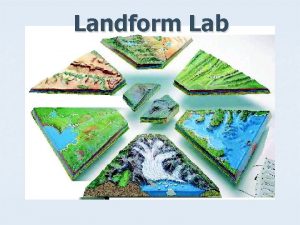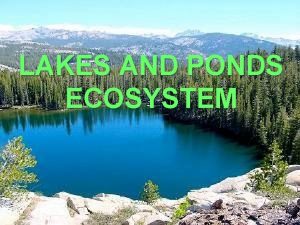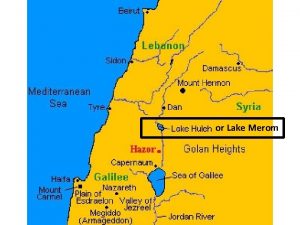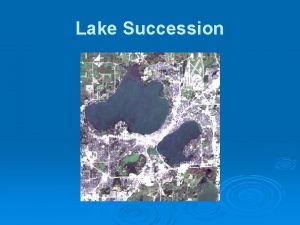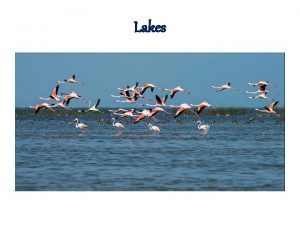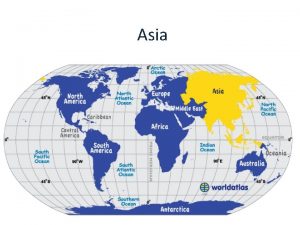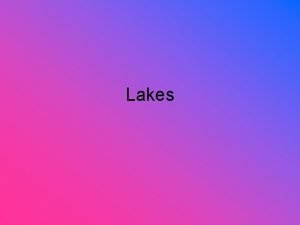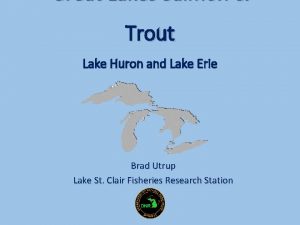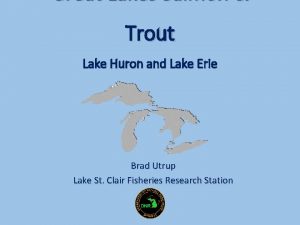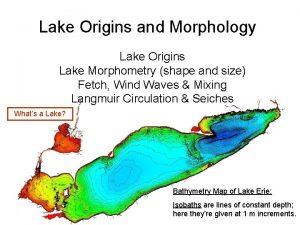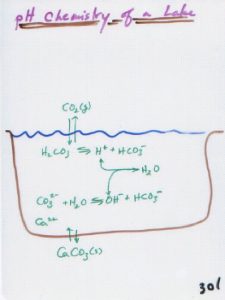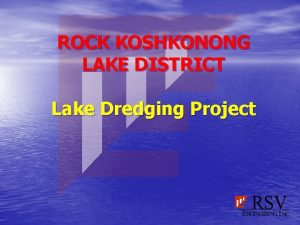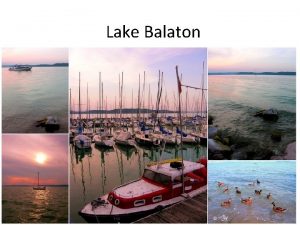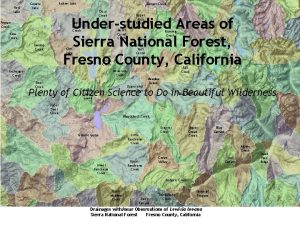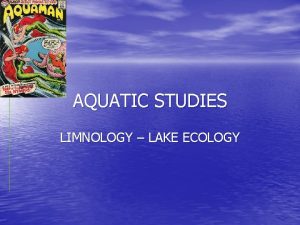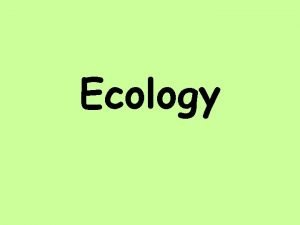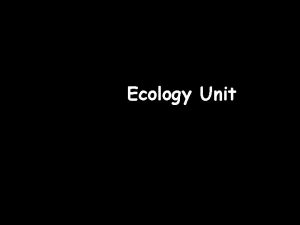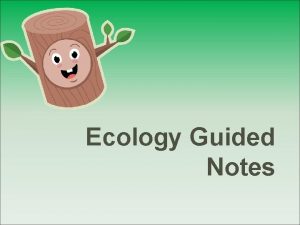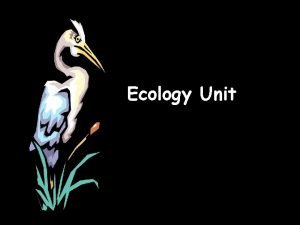Lake Ecology Nature of Lakes Lakes are enclosed












































- Slides: 44

Lake Ecology

Nature of Lakes • Lakes are enclosed basins which can trap standing water • Water retention time of lakes (the time an average water molecule stays in the lake) varies from a few days to hundreds of years • Water retention time depends on the size of the lake and the rate of inflow/outflow

Lake Basins • The lake basin is the “bowl” or depression that contains the water • Lake basins are formed by numerous processes, the principal being: – – – Glacial activity Crustal movement Rivers Solution processes Human activity • These processes often occur in restricted areas giving rise to “lake districts”, areas in which there a lot of lakes (eg. The Adirondacks, Minnesota, African rift valley)

Lakes formed by Glacial Processes • Glacial activity has resulted in the greatest number of lakes and some of the largest lakes in area • The lakes of Minnesota (“Land of 10, 000 Lakes”) and the Adirondacks in New York are attributable to glacial activity • The Great Lakes are also glacial in origin

Lakes formed by Glacial Processes • Glacial lakes are found in areas of steep terrain where scour has been the mechanism

Lakes formed by Glacial Processes • They are also found in flat terrain where damming by moraines or ice blocks left behind in glacial drift is the mechanism

Origin of Lakes – Crustal Movement • Tectonic Activity (crustal instability and movement) – Graben = faulttrough = rift lake – Formed between two faults

Lakes formed by Crustal Movement • The deepest and oldest lakes in the world are those formed by crustal movement • The deepest and oldest lake in the world is Lake Baikal in Siberia

Lakes formed by Crustal Movement • Earthquake Lakes – Reelfoot Lake, TNKY – Major earthquake (8 on Richter scale) – Caused surface to uplift in some areas and subside in others – Mississippi R was diverted into a subsidence region for several days forming Reelfoot Lake

Lakes formed by Crustal Movement • Landslide Lakes – Mountain Lake, VA • One of two natural lakes in Virginia • Formed when landslide dammed a mountain valley • The lake is estimated to be about 6, 000 years old and geologists believe it must have been formed by rock slides and damming

Lakes formed by Crustal Movement • Crater/caldera Lakes – Lake occupies a caldera or collapsed volcanic crater/cone – If cone blows out the side like Mt. St. Helens, no basin left – Ex. Crater Lake, OR

Rivers Formed Lakes • Alluvial rivers leave behind bends that become oxbow lakes • Oxbow lakes are localized to areas in alluvial floodplains, like the lower Mississippi valley

Solution Lakes • Lake basins can be formed when subsurface mineral deposits (like halite or limestone) dissolve leaving a void which collapses resulting in a basin • The lakes of central Florida form a solution basin lake district

Origin of Lakes – Solution Lakes • Salt collapse basins – Underground seepage dissolves salt lenses, ground collapses and basin fills – Montezuma Well, AZ

Lakes formed by Human Activity • These may be intentional, as in the case of reservoirs created for recreation, flood control, irrigation, navigation, hydropower • Or they may be incidental, as in the case of flooded peat digs or rock quarries

Light in Lakes • Sun is virtually the only source of energy in natural aquatic habitat: photosynthesis and heat • Solar constant – Rate at which radiation arrives at edge of Earth’s atmosphere – ≈ 2 cal/cm 2/min – More than half of this is lost coming through the atmosphere

Solar Radiation Reaching Lake Surface • Absorption by different chemicals in atmosphere • Water and ozone (O 3) are especially important • Ozone is the most important in the UV range

Solar Radiation Entering Lakes • Solar radiation enters lakes and is absorbed at a constant rate • Absorption rate varies with wavelength • There is more light available near the surface and this decreases exponentially with depth • This light energy affects – The temperature of the water in a lake – The growth of primary producers in a lake

Lake Stratification and Mixing • Due to the changes in density with temperature, lakes generally stratify in summer with warmer, lighter water overlaying colder, heavier water • This creates a stable layering of water which can last well into the fall • As temperatures drop in the fall, the surface water cools and gradually reaches the temperature of the bottom water • When this occurs, we have “turnover” in which water mixes throughout all lake depths

Dimictic Lakes – Annual Cycle Seasonal heating and cooling Wind creating turbulence

Polymictic Lakes • Shallow temperate zone lakes can also be polymictic including the GMU Pond • Note the daily stratification and mixing pattern

Lake Layers during Stratification • The upper layer of the lake is called the epilimnion • And the lower layer is the hypolimnion

Stratification Affects Lake Chemistry • During stratification, the hypoliminion is cut off from the oxygen in the air • If the lake is productive, there will be organic matter from the epilimnion settling into the hypolimnion • This organic matter will be broken down by microbial respiration resulting in a decrease in dissolved oxygen • This may leave the hypolimnion critically deficient in dissolved oxygen so that it cannot support many animals like fish

Lake Chemistry - Oxygen • Vertical Distribution – Varies with lake type – Very productive lakes lose oxygen during stratification

Lake Chemistry - Phosphorus • P limits biological production in lakes • P cycle in lakes • P accumulates in the sediments

Zonation of Biota • Biological zonation is strongly influenced by light availability • The littoral zone is the portion of the lake which has sufficient light for photosynthesis to the bottom • The limnetic zone is the open water area in which sufficient light for primary producers is only available in the top of the water column • The dark portion of the open water is sometime called the profundal zone

Types of Lake Organisms • Macrophytes: large leafy plants with attached microscopic periphyton • Plankton: Suspended small organisms controlled by currents • Benthos: Bottom dwellers • Nekton: Larger, mobile organisms • Note which zone each is found in

Typical Macrophytes • submersed Floating leaved • • Emergent

Typical Phytoplankton flagellate diatoms cyanobacterium desmid

Typical Zooplankton ---------- 0. 5 mm Copepod: grazer on phytoplankton Rotifer: grazer on phytoplankton Water flea: grazer on phytoplankton

Typical Benthos • Midge larvae Dragonfly nymph • bivalves

Typical Nekton Bass: a piscivore (fish eater) Bluegill: a planktivore and benthivore Catfish: a detritivore (scavenger)

Lake Food Web • Nutrients like N and P together with CO 2 and light stimulate phytoplankton • They are fed upon by zooplankton which in turn provide food for juvenile fish

Lake Food Web • The larger fish generally eat other fish (piscivorous) and provide the top of the food web • There is sometimes even a second tier of even larger fish

Overview of the Lake Food Web

Lake Trophic Status • Oligotrophic – Low productivity, clear water, life more sparse • Somewhat Eutrophic – High productivity, murkier water, but more life

Excess Nutrients – N&P Natural Eutrophication • Productivity of lakes are determined by a number of factors: – Geology and soils of watershed – Water residence time – Lake morphometry – Water mixing regime • Over thousands of years these factors gradually change resulting in lakes becoming more productive

Cultural Eutrophication • Human activities can alter the balance of these factors, esp. when excess nutrients (P in freshwater) are introduced • Untreated sewage for example has a TP conc of 5 -15 mg/L • Even conventionally treated sewage has about ½ that. • Compare that with inlake concentrations of 0. 03 mg/L that can cause eutrophic conditions • So, even small amounts of sewage can cause problems

Cultural Eutrophication • Problems associated with cultural eutrophication include – Anoxic hypolimnion • Part of lake removed as habitat • Some fish species eliminated • Chemical release from sediments – Toxic and undesirable phytoplankton • Blooms of toxic cyanobacteria • Phytoplankton dominated by cyanobacteria and other algae that are poor food for consumers – Fewer macrophytes • Elimination of habitat for invertebrates and fish – Esthetics

Cultural Eutrophication – Case Studies • Lake Washington – Following WWII, pop’n increases in the Seattle area resulted in increases in sewage discharge (sec trted) to Lake Washington – Secchi depth decreased from about 4 m to 1 -2 m as algae bloomed from sewage P – Diversion system was built and effluent was diverted to Puget Sound in mid 1960’s – Algae subsided and water clarity increase – Daphnia reestablished itself and further clarified the lake

Cultural Eutrophication – Case Studies • Norfolk Broads, England • Shallow systems where macrophytes dominated • Increased runoff of nutrients, first from sewage and then from farming stimulated algae • First periphyton bloomed and caused a shift from bottom macrophytes to canopy formers • Then phytoplankton bloomed and cut off even the canopy macrophytes and their periphyton

Case Study: Gunston Cove on the Potomac River Households in the Gunston Cove watershed have grown dramatically since the mid-1970’s. Since the study began in 1984 the number of households has grown by about 50%. All other things equal, an increase in households should produce an increase in nonpoint contributions. The point source P load declined dramatically in the late 1970’s and early 1980’s. Formal study initiated in 1983.

Gunston Cove Recovery • Improvements in water clarity related to Plimitation and decline of phytoplankton were correlated with an increase in submersed macrophyte coverage in Gunston Cove • Since 1 m colonization depth was achieved (2004), macrophyte coverage has increased strongly

References • • • http: //waterontheweb. org/under/lakeecology/index. html http: //pearl. spatial. maine. edu/default. htm http: //www. co. cayuga. ny. us/wqma/weedswatchout/biology. htm
 Insidan region jh
Insidan region jh A student is studying the ecology of a playa lake
A student is studying the ecology of a playa lake A student is studying the ecology of a playa lake
A student is studying the ecology of a playa lake Lake powell and lake mead
Lake powell and lake mead Lake powell and lake mead
Lake powell and lake mead Littoral limnetic
Littoral limnetic Vascular plants phylum
Vascular plants phylum Advantages of bs 3036 fuses
Advantages of bs 3036 fuses Terza rima structure
Terza rima structure Integration area under curve
Integration area under curve This operates simply by heating air in an enclosed space.
This operates simply by heating air in an enclosed space. A pointed piece of land extending into the sea
A pointed piece of land extending into the sea Outer terminus in fingerprint
Outer terminus in fingerprint A is an enclosed facility separated from society
A is an enclosed facility separated from society Principles of design notes
Principles of design notes Html attributes
Html attributes Ampere's law enclosed current
Ampere's law enclosed current What are landforms
What are landforms Nature and nature's laws lay hid in night meaning
Nature and nature's laws lay hid in night meaning Determinace lidské psychiky
Determinace lidské psychiky Rufus woods net pens map
Rufus woods net pens map Luke luck likes lakes
Luke luck likes lakes Great lakes on us map
Great lakes on us map Great lakes labs
Great lakes labs Matanzas lakes
Matanzas lakes Explain the formation of a corrie
Explain the formation of a corrie Pegword method
Pegword method Lakes in hungary
Lakes in hungary Toshka lakes
Toshka lakes Great lakes scrip
Great lakes scrip Onion weed in lakes
Onion weed in lakes Product design planning
Product design planning Palm beach lakes church of christ
Palm beach lakes church of christ Oligotrophic vs eutrophic
Oligotrophic vs eutrophic International great lakes datum
International great lakes datum South lakes leisure centre directions
South lakes leisure centre directions Southlake gym
Southlake gym Blue lakes aviation
Blue lakes aviation Destructive processes
Destructive processes Finger lakes formation
Finger lakes formation Palm beach lakes church of christ
Palm beach lakes church of christ Sandia lakes
Sandia lakes Alaska
Alaska 5 great lakes
5 great lakes Great lakes depth comparison
Great lakes depth comparison


